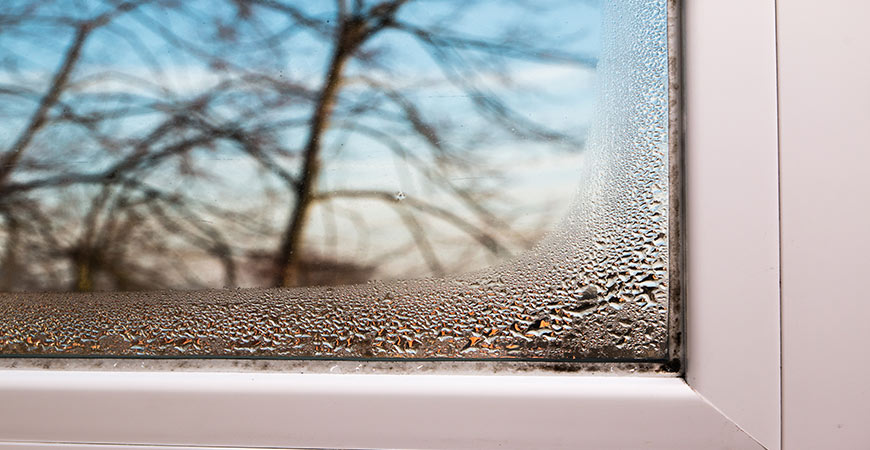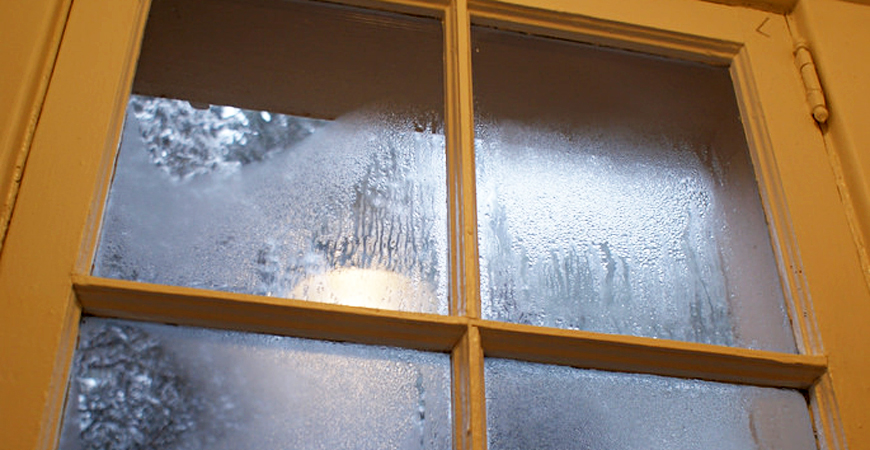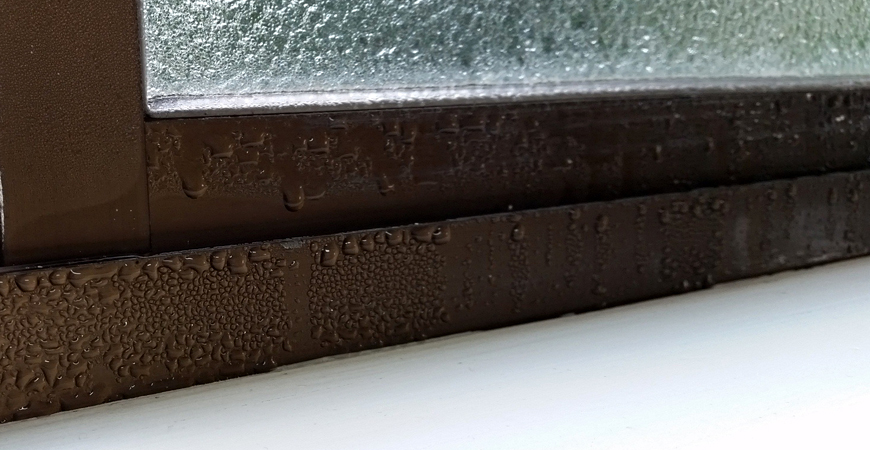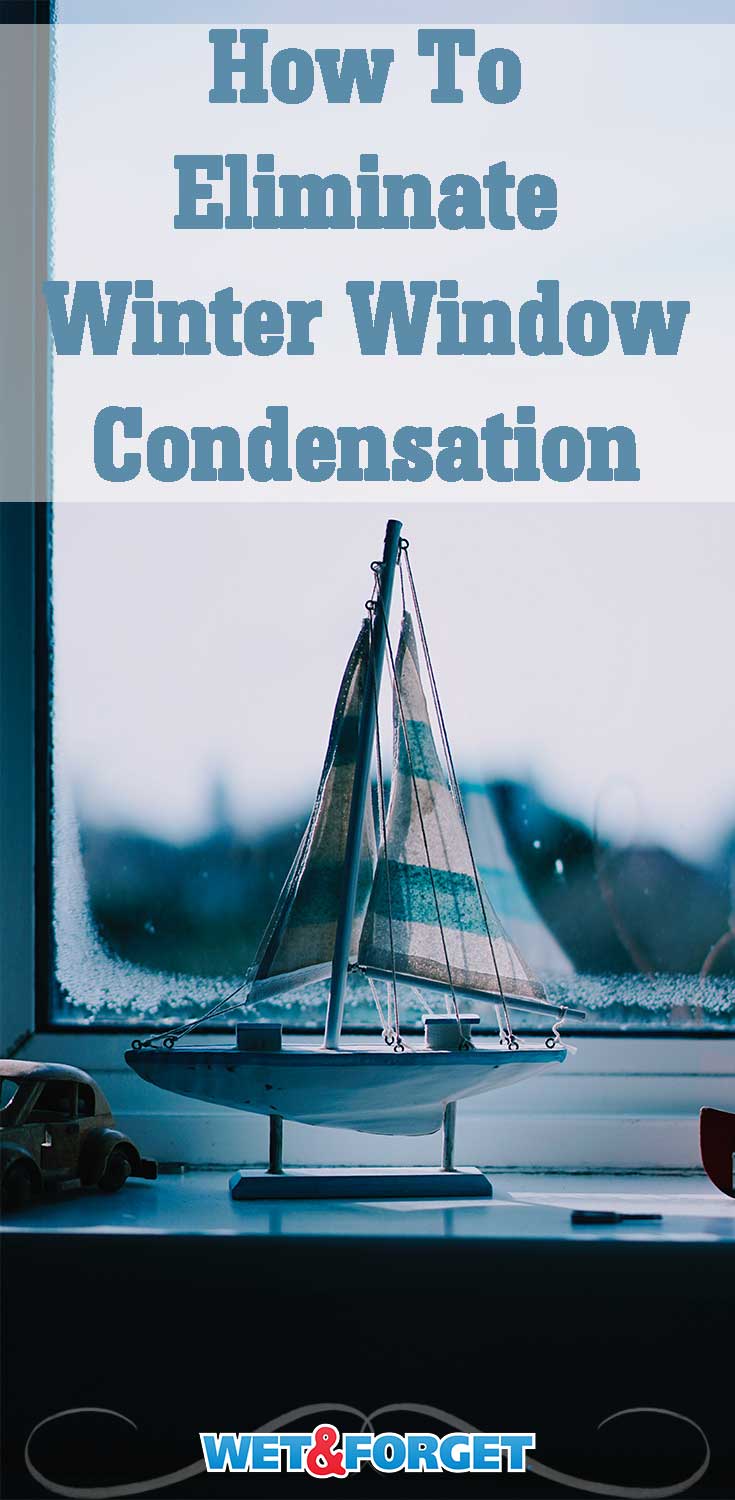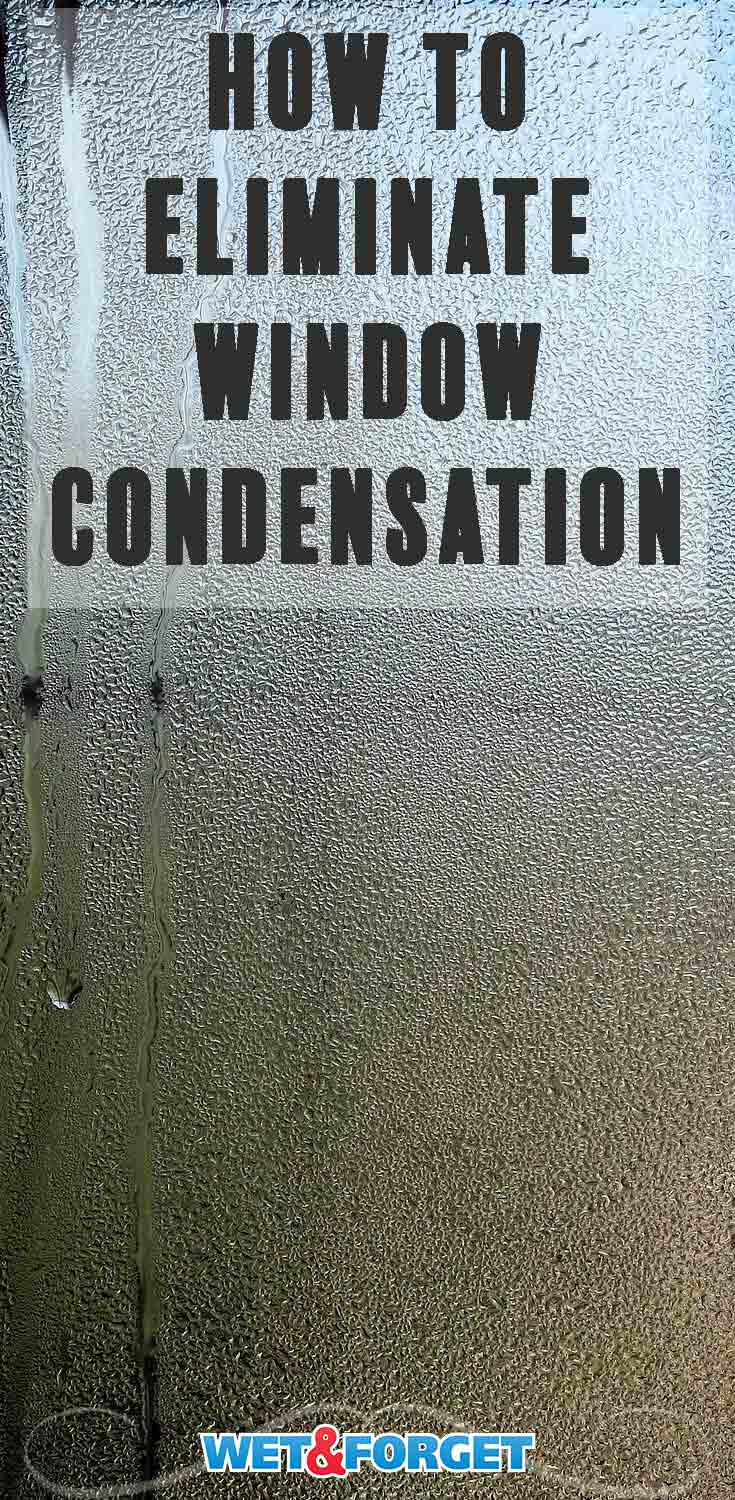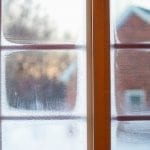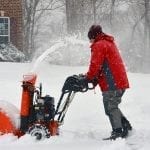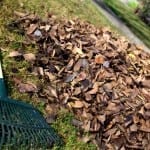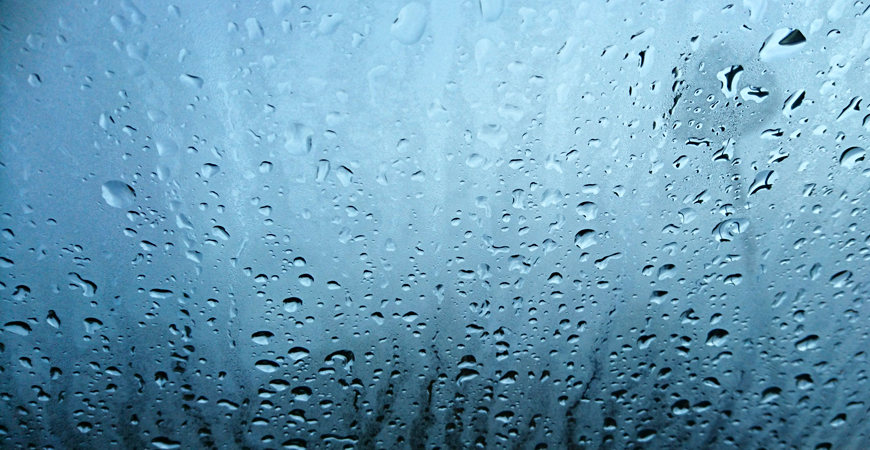
Eliminating Winter Window Condensation: A Homeowners How to Guide
Annoying window condensation blocks the view, drips on the sill, and creates a wet mess. Eliminating winter window condensation is essential to keeping a healthy home.
If unchecked, condensation can build up, eventually turning into mold and mildew. Wipeout winter window condensation with these informative how-tos and tips:
What Causes Window Condensation?
Air contains a small amount of moisture. In winter, the outside air is cold, while the air inside the home is warm.
When warm indoor air comes in contact with the cold window glass, condensation forms, condensation may appear as water droplets, frost, or ice on the inside of windows.
Excess window moisture (sometimes called window ‘sweating’) can also be caused by everyday living, including:
- Household appliances – running a dryer, washer, dishwasher, or room humidifier
- Cooking
- Taking a shower or bath
- Storing green firewood inside
- An overabundance of houseplants
- Newly remodeled homes – If you’ve recently completed a home improvement project, new building materials contain moisture that will release into the air.
- Any activity inside that involves the use of water will add moisture to the air.
Where is the Condensation Located?
Inside Moisture:
The humidity inside the home may be too high if you notice condensation inside your windows. High humidity is a sign that there is too much moisture inside.
The excess moisture condenses and forms on windows. The more chilly it is outside, the more likely window sweating will occur.
Moisture Between the Glass:
If you have double-paned windows and notice moisture between the glass panes, this is an indication that the seal has failed. With a broken seal, winter window condensation may appear at the bottom of the glass.
Outside Moisture:
On a humid summer day, moisture may collect on exterior windows – this is usually no cause for alarm. But a sign that the windows are doing their job – keeping the heat out and the cool in.
Can Condensation Damage My Windows?
Excess condensation can accumulate and eventually cause problems. The excess moisture may run down the window into the frame and the adjacent wall.
Keep an eye out for the following signs:
- Moisture remains on the window throughout the day, even though the outside temperature has warmed.
- Excess condensation has reached the point that water droplets are running down the glass or the adjacent wall. Dripping moisture can cause stains, discoloration, peeling paint and wallpaper, and damp spots on ceilings and walls.
- Musty smells near the window –a sign of mold, mildew, or rot. Untreated mold and mildew may turn into a health issue.
Clean up troublesome mold and mildew caused by winter window condensation with Wet & Forget Indoor.
Wet & Forget Indoor is an easy-to-use, one-step spray that cleans, deodorizes, and disinfects window glass, sills and frames. Just spray the surface, wait 10 minutes, and wipe clean.
How to Stop Winter Window Condensation
Reduce indoor moisture sources:
- Remember to switch on the exhaust fan after a shower or bath.
- Turn on the kitchen exhaust fan during meal preparation.
- Limit the use of humidifiers – or run a dehumidifier, if needed.
- Store firewood outside.
- Limit the number of houseplants. Group your greenery near a south-facing window and water just the required amount. Dump excess water from plant saucers.
- Fix any drainage issues around the exterior of your home – they can contribute to condensation problems.
- Install an exhaust fan in the laundry room.
- Damp basements can be a breeding ground for mold. Run a dehumidifier to inhibit mold growth and stop unpleasant odors.
- If your home sits on a crawl space, cover the ground with polyethylene film. The film will serve as a barrier, preventing moisture from migrating upward.
Increase indoor ventilation:
- Ventilate your home every few days – open a door or window to let fresh air in. Proper ventilation is essential for newer, “tighter” homes.
- Operate exhaust fans for a more extended period of time and more often.
- After a shower, open the bathroom window to allow humid air to escape.
- Make sure all exhaust vents (bath, kitchen, and laundry) are unobstructed and operating properly.
- Heavy window curtains can restrict the flow of warm air – open up drapes and blinds during the day to increase airflow.
Raise the indoor temperature:
- Turn on a ceiling fan to circulate warm air throughout the room.
- Adjust the thermostat to add more heat inside.
- Tiny gaps or cracks around windows can let cold air in. Replace old caulking to keep warm air in.
- To keep condensation from forming, point warm-air ducts toward the windows.
For more quick fixes to stop window condensation, click here.
How To Measure Indoor Relative Humidity
If you’re finding condensation on your windows, measuring humidity inside your home will let you know if you need a dehumidifier. You can measure your home’s humidity level with a hygrometer or other humidity measuring instrument.
Below is the recommended indoor relative humidity – the percentage will vary according to current outdoor temperatures. The numbers below are based on air inside a home at 70 degrees F:
- -30 F or below – not over 15 percent
- -20 F to -10 F – not over 20 percent
- -10 F to 0 F – not over 25 percent
- 0 F to 10 F – not over 30 percent
- 10 F to 20 F – not over 35 percent
- 20 F to 40 F – not over 40 percent
All of the tips above are easy solutions to prevent window condensation. These quick fixes will help prevent mold or mildew growth inside your home as well as discoloration and damage to your home.
Find out how to clean windows and other glass surfaces here.
Photo Courtesy of Bradley Gordon

